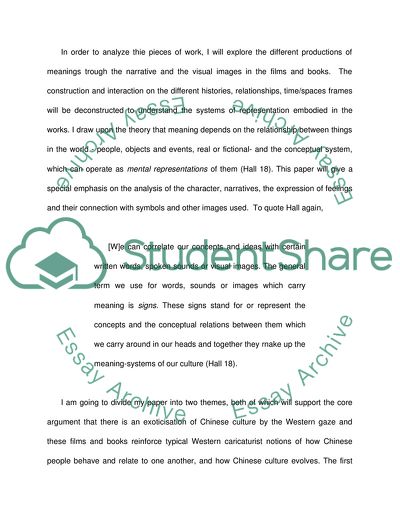Cite this document
(Fetishizing the Orient: An Analysis of Movies and Books with Coursework Example | Topics and Well Written Essays - 1500 words, n.d.)
Fetishizing the Orient: An Analysis of Movies and Books with Coursework Example | Topics and Well Written Essays - 1500 words. https://studentshare.org/culture/1760309-writter-decided
Fetishizing the Orient: An Analysis of Movies and Books with Coursework Example | Topics and Well Written Essays - 1500 words. https://studentshare.org/culture/1760309-writter-decided
(Fetishizing the Orient: An Analysis of Movies and Books With Coursework Example | Topics and Well Written Essays - 1500 Words)
Fetishizing the Orient: An Analysis of Movies and Books With Coursework Example | Topics and Well Written Essays - 1500 Words. https://studentshare.org/culture/1760309-writter-decided.
Fetishizing the Orient: An Analysis of Movies and Books With Coursework Example | Topics and Well Written Essays - 1500 Words. https://studentshare.org/culture/1760309-writter-decided.
“Fetishizing the Orient: An Analysis of Movies and Books With Coursework Example | Topics and Well Written Essays - 1500 Words”. https://studentshare.org/culture/1760309-writter-decided.


